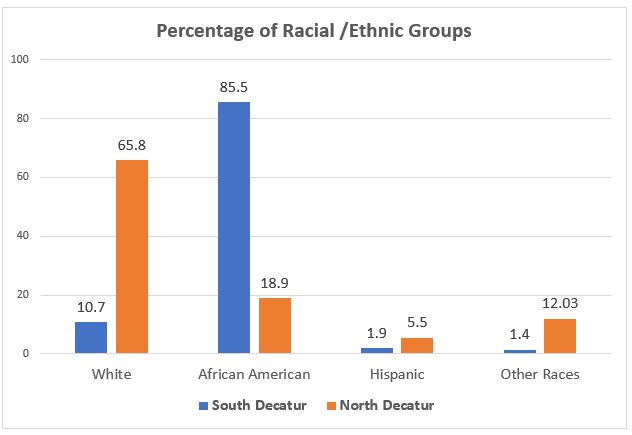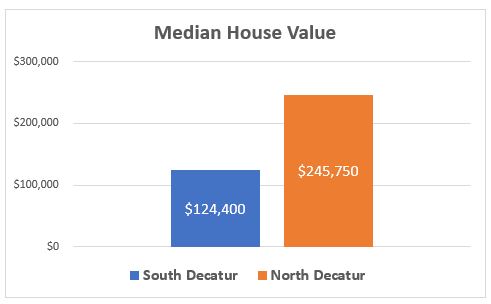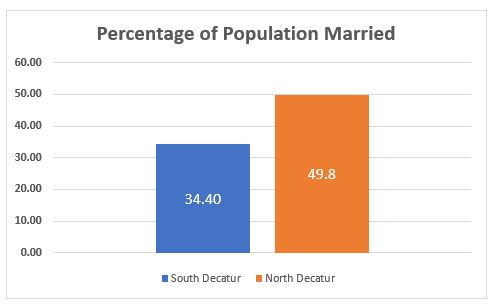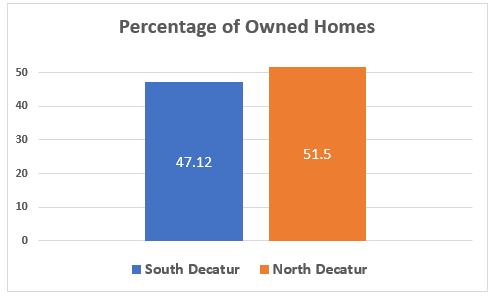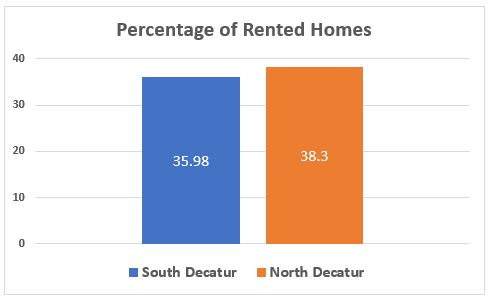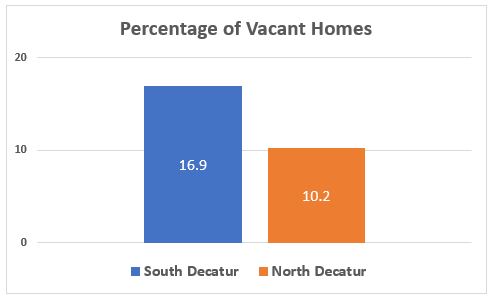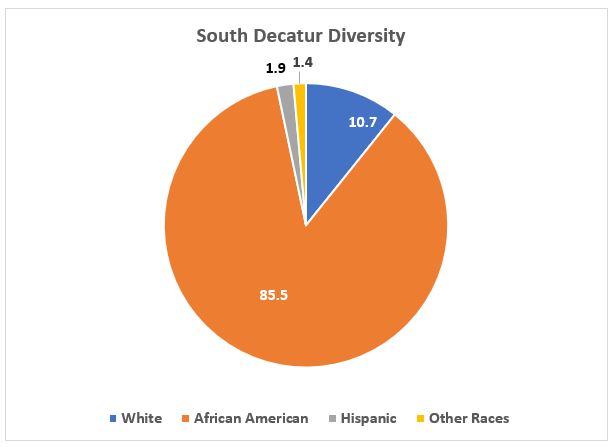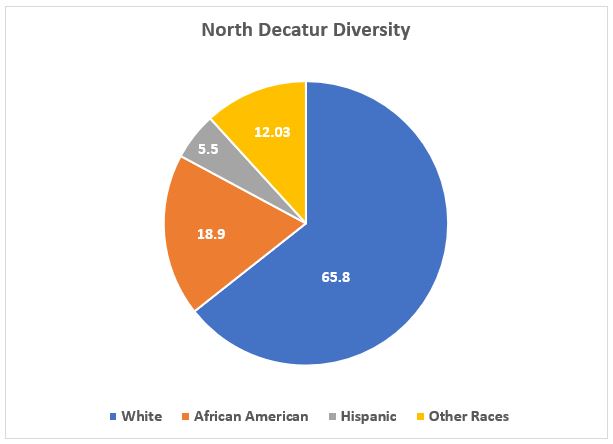Why this Majority-Minority Community Lack Retail & Restaurant Diversity?
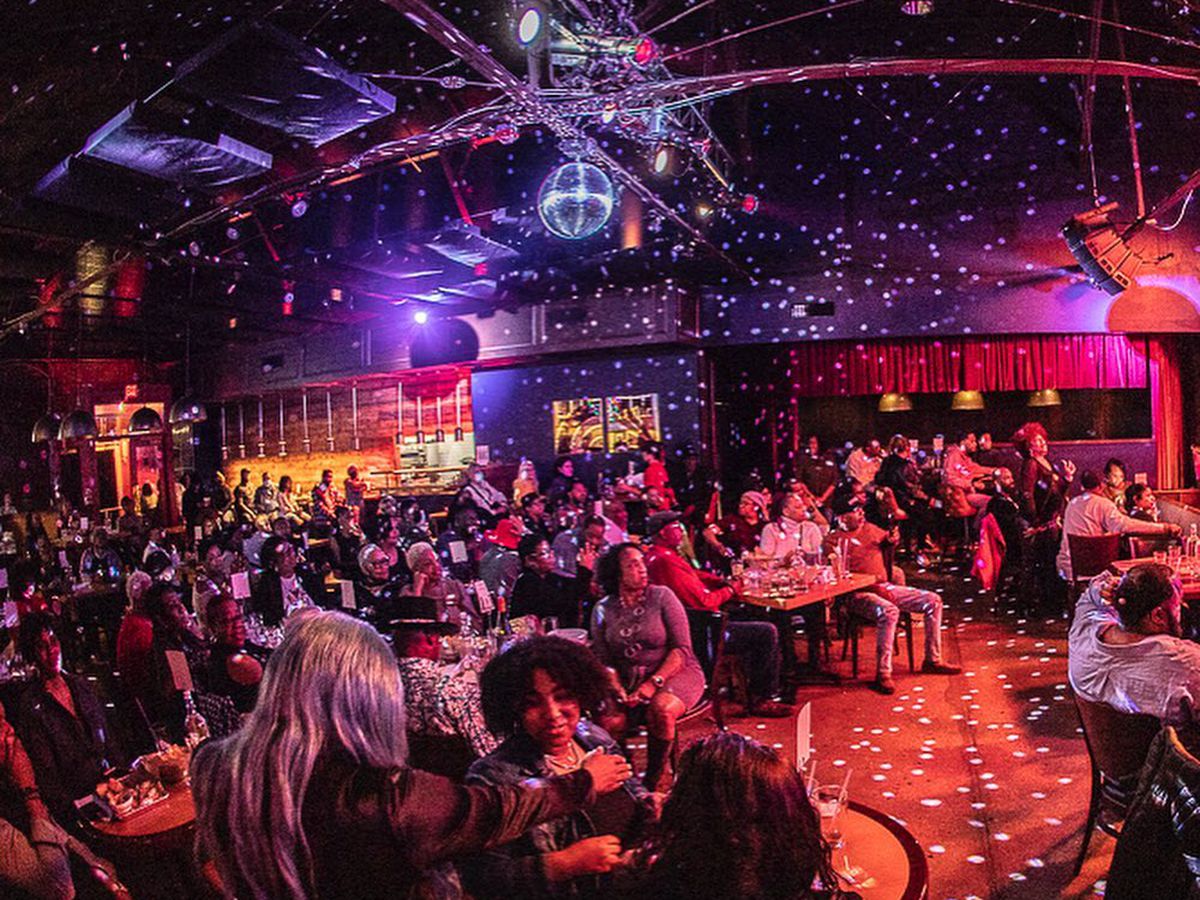
Photo credit: Eater Atlanta
Despite comparable or higher median income and traffic counts to other Atlanta suburban areas, diverse retail and entertainment venues shun southern DeKalb
Research Inspired by Hunger
This article was originally written in 2015 after my wife and I contemplated what we were having for dinner. Anything was okay if it didn’t involve firing up the stove, so we settled on Willy’s. My thoughts on biting into a tasty veggie quesadilla went from happy to stressful in half of a second: it was 9:40 pm, and I knew that Willy’s would be closing in 20 minutes! Thoughts of “can I make it in time” danced in my head. If we were living in Midtown, Buckhead, or near Emory, I wouldn’t be stressed about time, but we lived near Wesley Chapel Road in south DeKalb and the closest Willy’s is about 20 minutes away, near Little Five Points. While I won’t say how fast I drove in order to make it to Willy’s before closing time, I made it. It was a reminder that the area I chose to live in, doesn’t have much of a choice in restaurants beyond fast food outlets.
Since then, southern Dekalb, outside of the city of Stonecrest, saw the opening of a second McDonalds on Wesley Chapel Road, a couple of donut shops, a Starbucks inside of the Flat Shoals Parkway Kroger, a second try at a sit-down restaurant on Wesley Chapel Road and most recently, a Chipotle. This is hardly the type of news to get excited by in an area with the potential to attract much more. Southern DeKalb should be on the radar of many developers, and retailers because of its location (close to the airport, major freeways, and proximity to downtown Atlanta).
Whole Foods, Trader Joe’s, Starbucks, Taco Mac, and Zoe’s Kitchen, are but a few national retailers that are found in other parts of metro Atlanta-sometimes with several outlets in close proximity. But they are nowhere to be seen in southern DeKalb.
The above retailers may say that the demographics in southern DeKalb might not ‘fit their business model’. One demographics metric widely used is median income. Comparing population and median household income data between 5 south DeKalb ZIP codes and selected metro Atlanta suburbs, you’ll find a few interesting things. Lawrenceville, with a population of about 31,000, has six Starbucks, four Japanese restaurants, 12 Italian restaurants, a Longhorn Steakhouse, 10 Mediterranean restaurants, 13 Thai restaurants, 15 seafood restaurants, Moe’s Southwest Grill, a Cold Stone Creamery, a Sprouts Supermarket, all in an area with a median household income of $52,585. This is $940 a year more than the median household income in southern Dekalb.
To put in another perspective, in the most recent Census report, southern DeKalb had $814.4 million in retail sales. If this sounds like a large number, it’s not. That’s less than what Lawrenceville, Douglasville, and Conyers generated. Those cities are much less populated, so when adjusted for population, southern DeKalb saw a dismal $2,892 retail sales per capita, or in southern Dekalb, the retail sales were $2,892 per person, per year. This is compared to Lawrenceville’s $28,795, Conyers’ $48,396 in retail sales per capita. Even Covington saw retail sales per capita of $29,788, and a poverty rate of 29%, more than ten percentage points higher than the poverty rate in southern Dekalb.
Community Want Change
This is an update on seeing how southern DeKalb compares to other areas around metro Atlanta. The included areas have one thing in common: they are known for having lots of diverse retail and entertainment options. The biggest complaint on NextDoor and Facebook among south DeKalb residents has been the low amount or lack of higher quality retail in the area. I collected data that restaurants use to determine if they are opening a new outlet: population, median household income, poverty rate, and traffic counts.
According to the Entrepreneur article, “How to Find the Best Location”, determining where to locate a restaurant can be simple or complex. “There are, for instance, sophisticated location analysis tools available that include traffic pattern information, demographic and lifestyle data, and competitive analyses.”
How Does Southern DeKalb Compare?
Census tract data in the proposed city and ZIP codes were used in this analysis: some of 30316, 30035, 30058, 30083, and 30087, and all of 30032, 30034, and 30088. ZIP code 30038 was not included as it’s a part of the city of Stonecrest. South DeKalb compares favorably on median household income with the others. So, it must be another number these restaurants are using to determine where they’ll open up.


Poverty is another determining factor when companies decide to open a location, and while the poverty rate in southern DeKalb is 18.9%, it’s more than 10 percentage points lower than Covington’s and a little lower than Lawrenceville’s.

Traffic counts are conducted by the state of Georgia for traffic signal optimization, intersection improvements, and other updates to help with improving traffic flow. The numbers show how many vehicles travel on the roadways every day. In the section of Wesley Chapel between Snapfinger Road and I-20, the most recent traffic count is 51,600. Wesley Chapel Road carries 29,200 vehicles each day north or I-20 to South Hairston Road. This averages out to more than 40,000 vehicles a day in the Wesley Chapel commercial district between Snapfinger Road and South Hairston Road. This is higher than the Lenox Road/Peachtree Road intersection at Phipps Plaza and Lenox Square, Moreland Avenue at Edgewood Retail District, Hugh Howell at the new Cofer Center Plaza, and 17th Street at the Downtown Connector at Atlantic Station. Even Ashford-Dunwoody Road, with Perimeter Mall and all of the office and retail, carries only about 5,400 more vehicles a day than what goes past the Wesley Chapel commercial district.
The number listed on the bar is the largest traffic count found anywhere on that road.

Comparing populations, median household incomes, and traffic counts around metro Atlanta, we see that southern DeKalb County compares favorably with other areas, but it doesn’t have what the other comparable areas have. The question we all should ask is why southern DeKalb County doesn’t have diverse retail and entertainment options. It compares favorably in the areas that retailers and entertainment venues look at when determining where they are opening a new location.
There is a push for change in southern Dekalb. Having diverse retail and entertainment options is part of what makes a community a great place to live in. Quality of life is a big part of what attracts people to invest in an area. While southern DeKalb has grown in population, and homes are gaining value from the great recession’s depressed prices, our community is in a sort of a holding pattern. We are getting new restaurants like chicken wings and fast-food places. But what about restaurants offering healthy options? What about getting Sprouts or Trader Joe’s?
Some residents are offering the idea of cityhood for much of southern DeKalb County. This gives its residents more control over the things they find important such as attracting more quality development, housing, and diverse retail and entertainment venues for the family.
These data show that southern DeKalb has the numbers to compete with the Conyers and Lawrencevilles to attract development, the diverse retail, and quality family entertainment venues. Many residents have engaged with the government for many years and are tired of doing the same thing and getting the same result.
Sources:
Related Articles
Comparing Metro Atlanta School Districts
Unequal Development: How Does North and South Decatur Differ?


